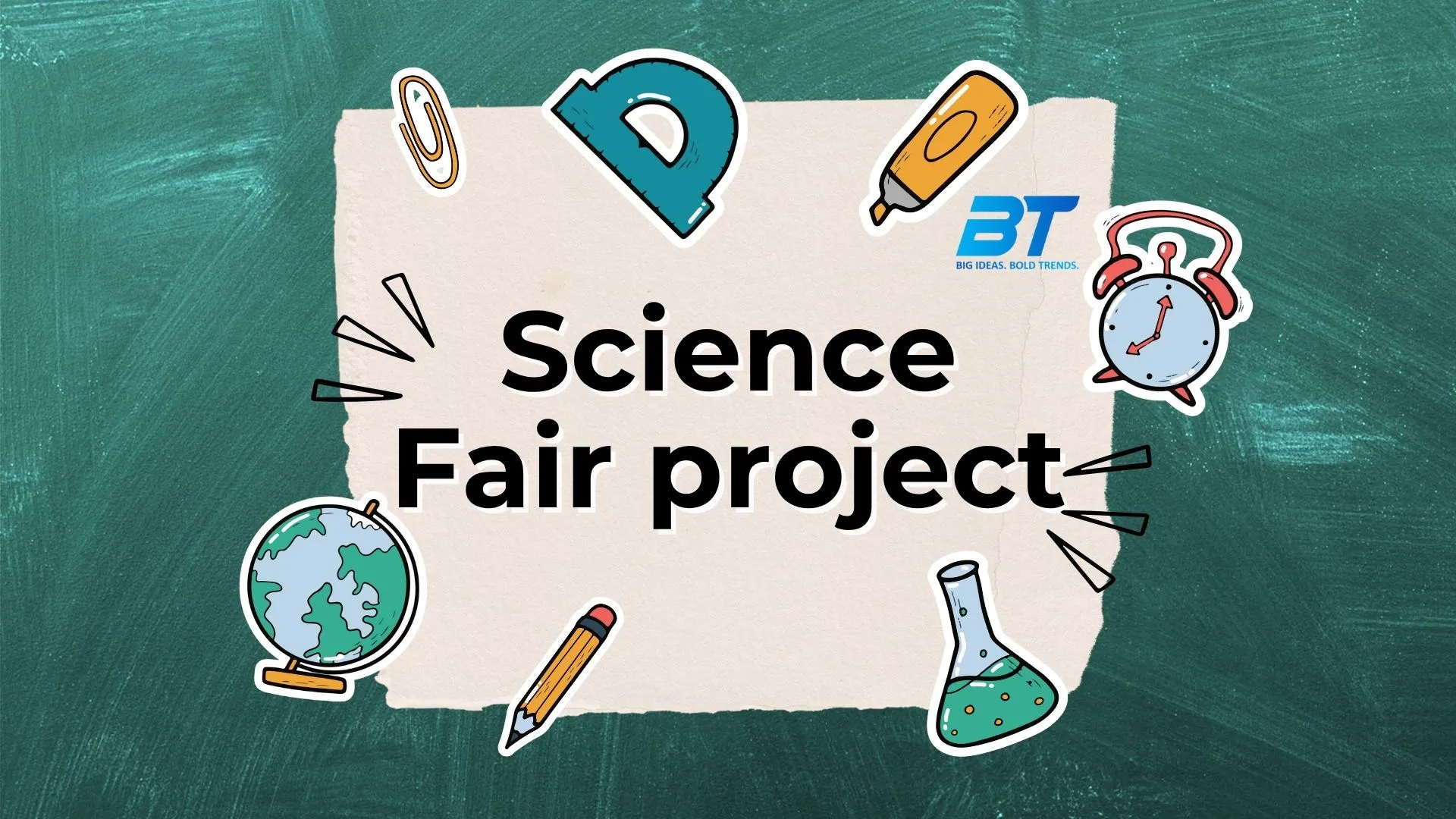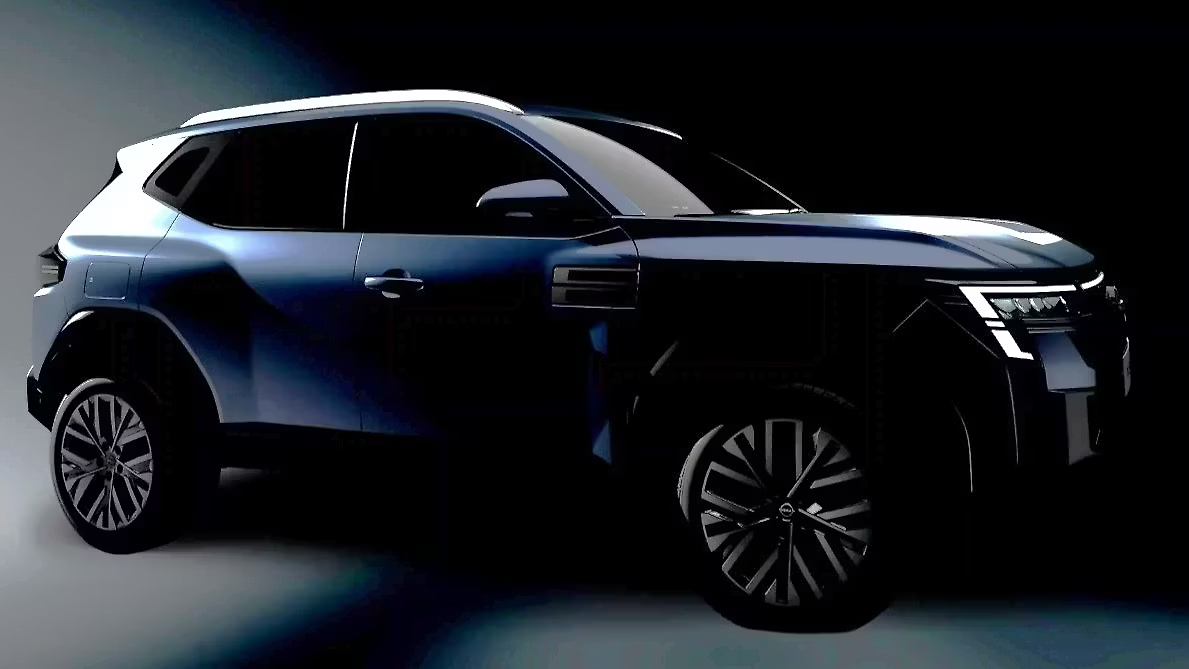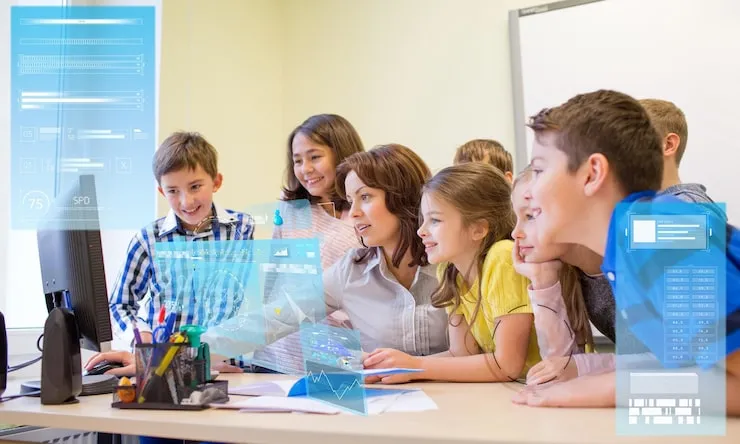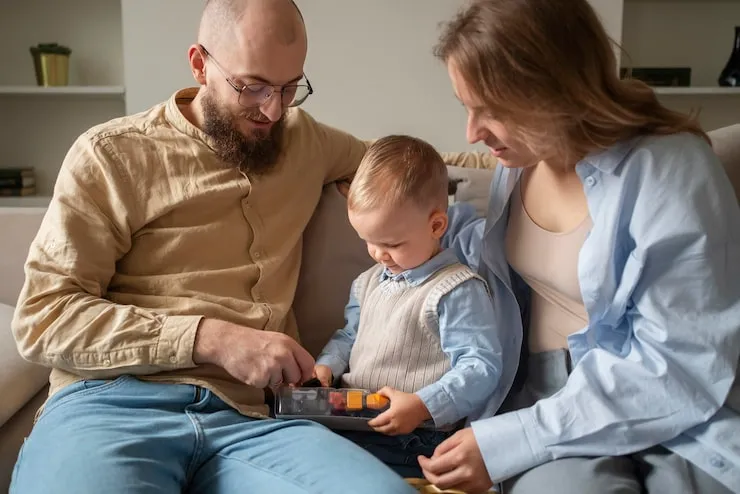I keep in mind my first science fair. I needed to test if plants may develop with pop instep of water. I finished up with a sticky, rancid mess and a plant that did not make it. But you know what? I still got a great review since I showed how I set up the explore, what I thought would happen, and what I learned when it went wrong.
A awesome science fair project isn't around being culminate. It's approximately inquiring a basic address and attempting to discover the reply. It's approximately the fun of seeing what happens.
Think of it like this: you're a detective solving a secret. You have a address, you see for clues (that's your test), and you show your discoveries. It's that basic. Let's discover a venture that will make you the star criminologist of your science fair.
What Makes a Project "Good"?
Before we see at thoughts, let's conversation almost what teachers are truly looking for. They need to see that you get it the logical strategy. Do not let that huge term frighten you. It's fair a favor title for the steps you follow.
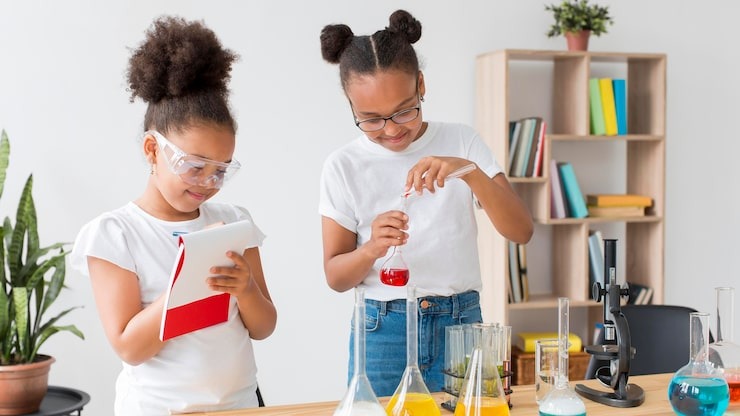
A great project:
- Asks a clear address. (Does a plant develop way better in the sun or in the dark?)
- Makes a figure, called a speculation. (I think the plant in the sun will develop better.)
- Tests that figure with a straightforward experiment.
- Shows what happened with notes, photographs, or charts.
- Explains what you learned.
You do not require a favor unit or complicated parts. The best ventures regularly utilize things you as of now have at domestic. The objective is to learn something modern and, most vitally, to have fun doing it.
Read Also: The Best Playdough Recipe
Top Science Fair Project Ideas by Grade
Here are a few basic and fun science fair projects for kids that you can do with ordinary stuff.
For 1st Review Science Reasonable Ventures: Straightforward and Fun
At this age, it's all around seeing how things work. These ventures are super hands-on.
The Sink or Coast Appear: Snatch a bucket of water and collect distinctive things from around the house—a Lego brick, a colored pencil, a spoon, a coin, a grape. Make a figure for each one: will it sink or coast? At that point, test them out! It’s a straightforward way to learn around thickness (which is fair a word for how overwhelming something is for its size).
The Color-Changing Celery: This one is like enchantment. Put a stalk of celery in a glass of water with a few drops of dim nourishment coloring. Check on it after a few hours. You'll see the clears out have changed color! This appears how plants "drink" water through their stems.
For 3rd Grade Science Project Ideas
Now we can begin testing things a small more. These thoughts present the thought of changing one thing to see what happens.
The Dancing Raisins: Pour a clear pop (like Sprite or 7-Up) into a clear glass. Drop a few raisins in. Observe what happens! The modest bubbles in the pop adhere to the raisins and lift them to the beat. When the bubbles pop at the surface, the raisins sink back down. It looks like they're dancing!
The Magnet Test: How solid is a magnet? Discover a little magnet and see how numerous paperclips it can choose up. At that point, attempt putting a piece of paper, plastic, or cloth between the magnet and a paperclip. Does it still work? This makes a difference you learn around attractive fields.
For 4th Grade Science Fair Projects
Fourth graders are prepared to degree things carefully and run tests that take a bit more time.
The Egg in a Bottle Trap: You require a hard-boiled egg, a glass bottle with an opening somewhat littler than the egg, and a coordinate. Have an grown-up offer assistance you light a coordinate, drop it into the bottle, and at that point put the egg on best.
The egg will get sucked into the bottle! This happens since the fire employments up the discuss interior, making lower weight that lets the exterior discuss weight thrust the egg in. It’s a cool lesson almost discuss pressure.
Battery-Powered Custom made Spotlight: This is a incredible venture to learn around straightforward circuits. You can utilize a little battery, a minor light bulb (from an ancient occasion light), and a few wires. Figure out how to interface them to make the light turn on. At that point, construct a basic case out of a cardboard tube. It’s like a mini-engineering challenge!
A Closer Look: The Gummy Bear Science Fair Project
This is a classic for a reason. It’s visual, simple to do, and the comes about are continuously curiously. Let's break it down.
Your Address: What fluid makes a gummy bear develop the biggest?
What You'll Need:
- Several gummy bears (all the same color and brand)
- Small cups
- Different fluids (water, salt water, sugar water, vinegar, preparing pop water)
- A ruler
- A scratch pad to compose down what you see
What to Do:
- Measure the tallness of a gummy bear and type in it down.
- Place one gummy bear in each glass and cover it with a diverse fluid. Take off one gummy bear out as your "control" to compare against.
- Let them sit for 12-24 hours.
Carefully take them out, degree them once more, and see what changed.
The Science Portion: This explore is all approximately osmosis. That’s a prepare where water moves from an zone with parcels of water (your container) to an zone with less water (the gummy bear) through a boundary (the gummy bear's skin).
The gummy bear acts like a wipe. The fluid that moves into it the speediest will make it develop the most. The to begin with time I saw a gummy bear twofold in measure, I was truly flabbergasted that something so basic seem appear a huge science idea.
Should You Use a Science Fair Project Kit?
You can discover science fair project kits on nearly any theme. They can be a enormous offer assistance since they come with all the parts you require and clear instructions.
The Good:
- They spare you time gathering materials.
- The informational are as a rule simple to follow.
- They take the mystery out of what to do.
- The Not-So-Good:
- They can be less inventive. Everybody who buys that pack will do the correct same project.
- You might not learn as much since you're fair taking after steps.
My counsel? A pack is a incredible beginning point, particularly if you're feeling uncertain. But see if you can include your possess turn to it. If the unit is approximately building a spring of gushing lava, can you test if it emits in an unexpected way with more or less heating pop? That turns a standard unit into your claim one of a kind project.
You're Ready for Your Science Fair!
The most critical thing to keep in mind is that science is around attempting. Your venture doesn't have to be idealize to be awesome. Choose a address that you're really inquisitive almost. Take after the steps, take great notes, and make a clear show board that appears your work.
The genuine win is strolling into that science reasonable with a venture you built yourself and being able to clarify it to others. So, what address are you going to attempt to reply?
Frequently Asked Questions
What is the best science fair project?
The best project is one that answers a question you are actually curious about. If you love food, do a project with food. If you love sports, find a sports-related question. When you care about the topic, the work feels like fun, not like homework.
How long does a science fair project take?
Some projects can be done in one day. Others, like growing plants or watching mold grow on bread, might take a week or two. Always read about your project first so you know how much time you need. Never wait until the last night to start!
My experiment went wrong. Is that bad?
No! This is a secret teachers love. If your experiment doesn't work as you planned, that's okay. Just show what you did, what went wrong, and what you think you could do differently next time. Scientists learn a lot from their mistakes.
Do I have to use a science fair project board?
Yes, most schools will ask for one. It's a big tri-fold board where you put your question, hypothesis, steps, results, and conclusion. It helps you organize your story and lets people see your whole project at once.
Where can I find more science fair project ideas for school?
You can ask your teacher or a librarian. You can also look at websites for museums or science centers, like National Geographic Kids. They have tons of safe and fun ideas for all grades.

